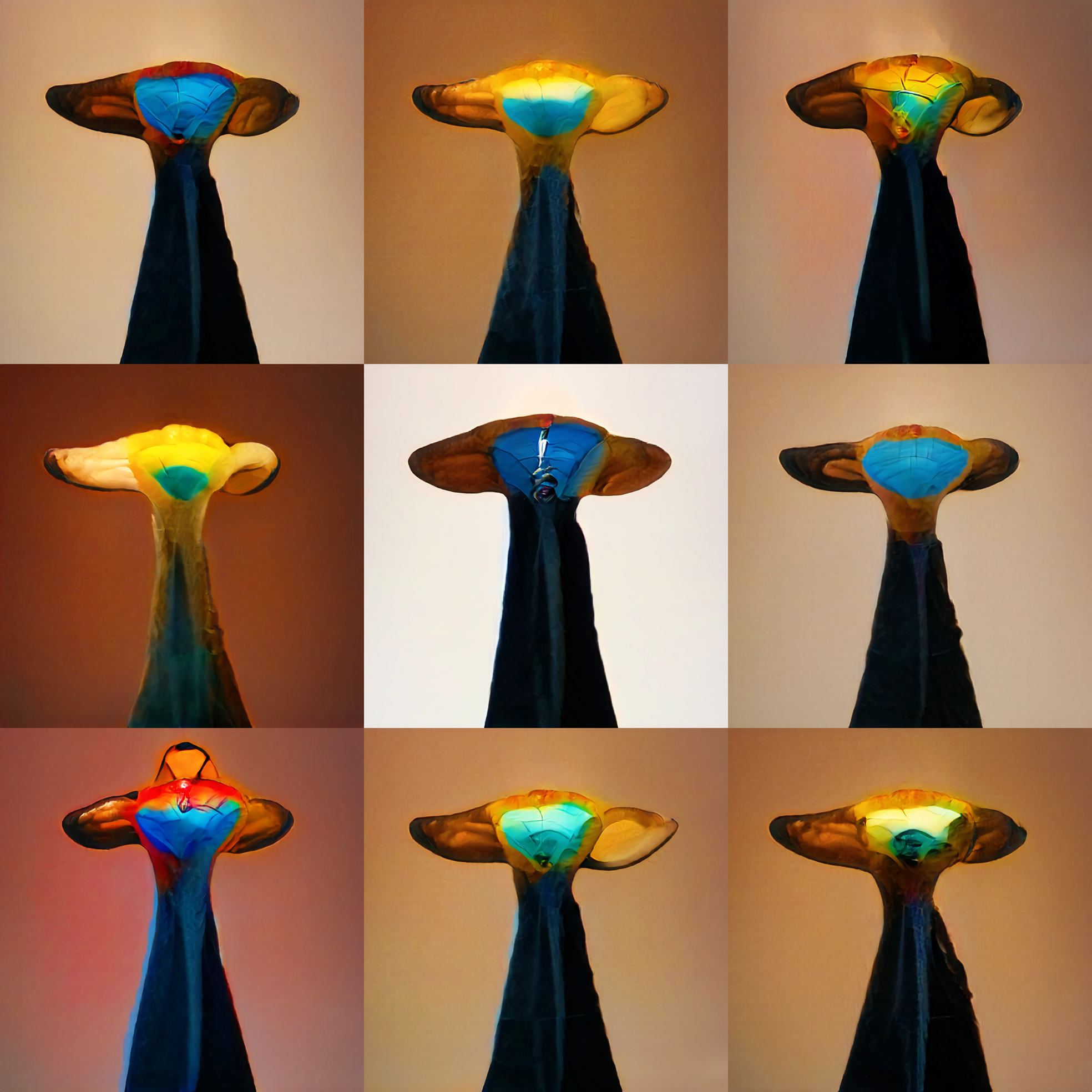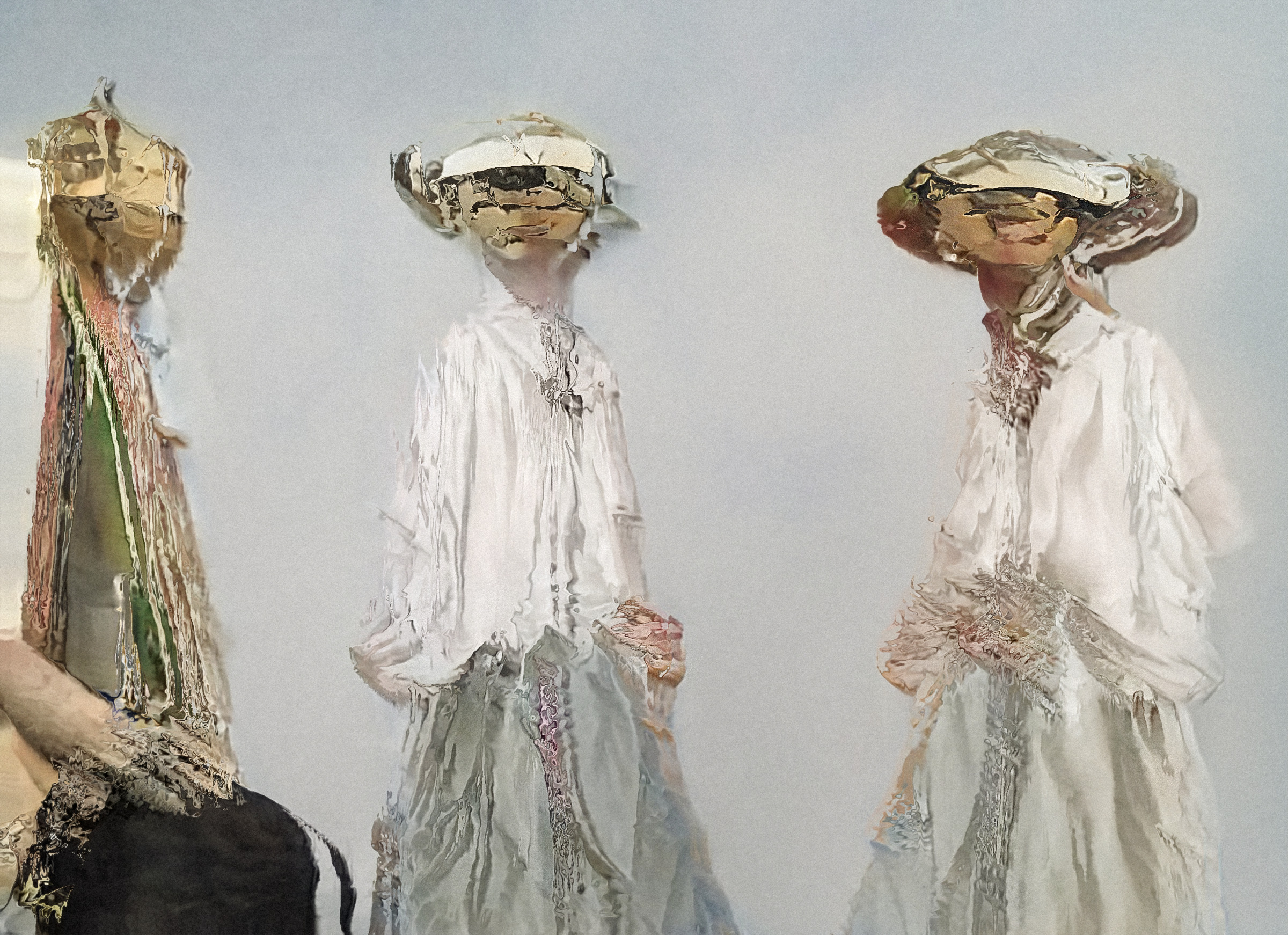Today, Ganbrood stands as one of the most thoughtful voices in AI art, creating works that blur the lines between photography, history, and imagination. But this pioneering artist's journey began with a simple creative breakthrough: in 2019, a chance encounter with Joel Simon's Ganbreeder (later Artbreeder) offered something that traditional mediums never could, a starting point to respond to rather than a daunting blank canvas.
"Using AI as a 'camera that travels back in time,' Ganbrood creates impossible portraits of historical figures and fictional beings, pushing boundaries between the real and imagined."
Using AI as a "camera that travels back in time," Ganbrood creates impossible portraits of historical figures and fictional beings, pushing boundaries between the real and imagined. Their work has evolved from pure intuitive creation into a philosophical interrogation of creativity itself, exploring what happens when "pseudo-figurative" art challenges our visual recognition and forces us to question what makes us human.
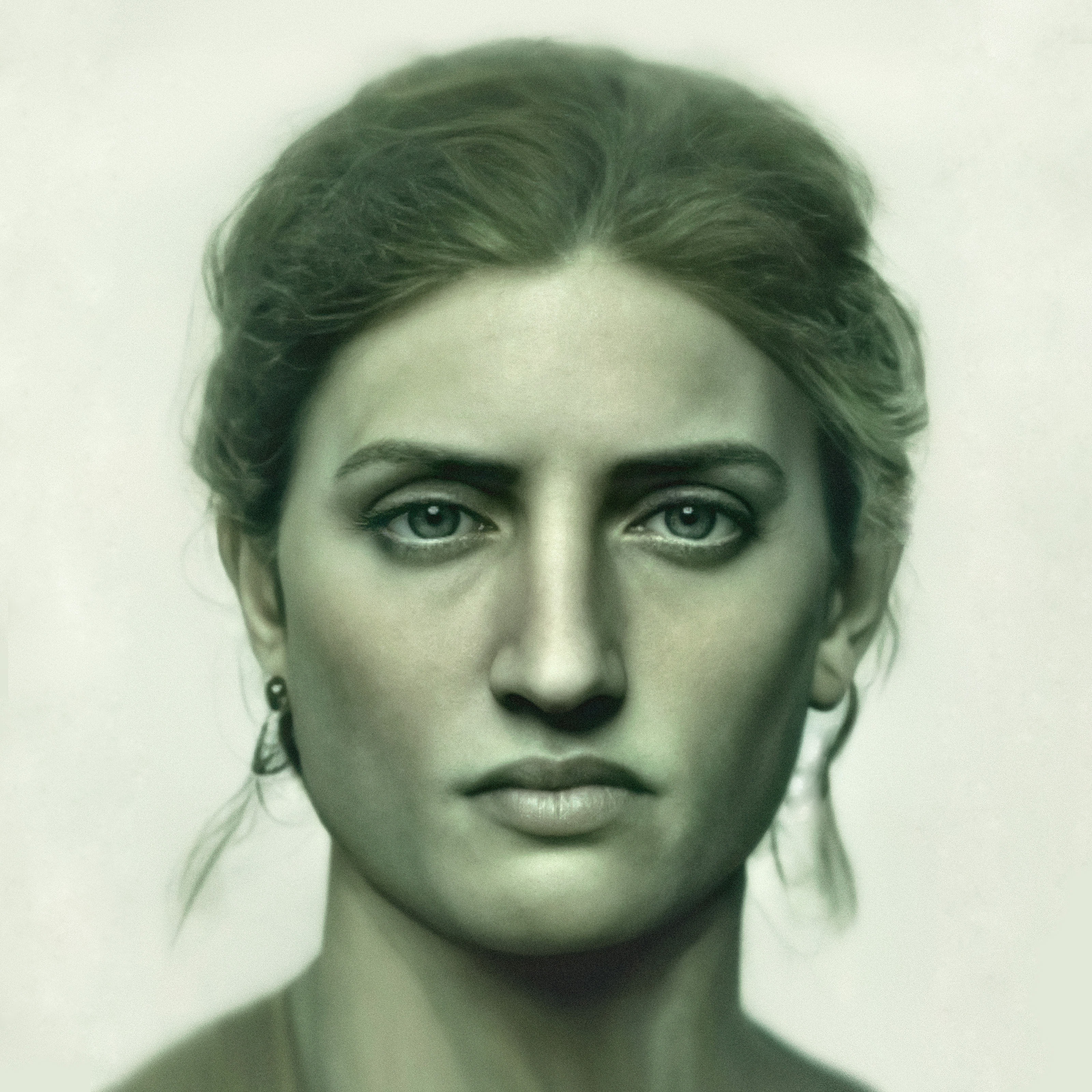
Joel Simon's revolutionary platform, which allowed users to "breed" images through collaborative AI generation, became the foundation for an entire generation of AI artists. This is about finding artistic identity in the space between human and machine creativity, where the most interesting AI art doesn't mimic other tools but engages with the medium's unique power to connect realities that never existed with truths we've always known. AUTOMATA presenting works born from this groundbreaking tool speaks to its profound impact on digital art's evolution.
AM: Tell me about the origin of your artist name "Ganbrood,” how did "Ganbreeder" inspire this moniker, and what did that platform mean to you at the time?
GB: In 2019, I was so impressed by some of Ganbreeder’s outputs that I wanted to share them on Instagram. Since my main account was for professional photography, I created an alternative identity called “Ganbrood,” the name I gave to the “offspring” of my experiments. At first it felt silly, being so close to Ganbreeder, but then Joel changed Ganbreeder’s name to Artbreeder, which suddenly made “Ganbrood” feel more original. I have kept it ever since. It is easy to remember, and when you Google it, you only find me.
"At first it felt silly, being so close to Ganbreeder, but then Joel changed Ganbreeder’s name to Artbreeder, which suddenly made 'Ganbrood' feel more original. I have kept it ever since. It is easy to remember, and when you Google it, you only find me."
AM: How did you first encounter Ganbreeder/Artbreeder? What was your initial reaction to this new form of image creation?
GB: I began my career as a 3D digital artist in the early nineties, but the techniques felt too labor-intensive for personal expression. Photography became my main medium because it was faster at translating ideas into images. I had not touched any graphics software for over a decade when someone introduced me to Ganbreeder in 2019. From the first moment I tried it, I was hooked. It felt like everything I had done in photography, 3D, and special effects suddenly converged in a single tool. It sparked my imagination like nothing before.
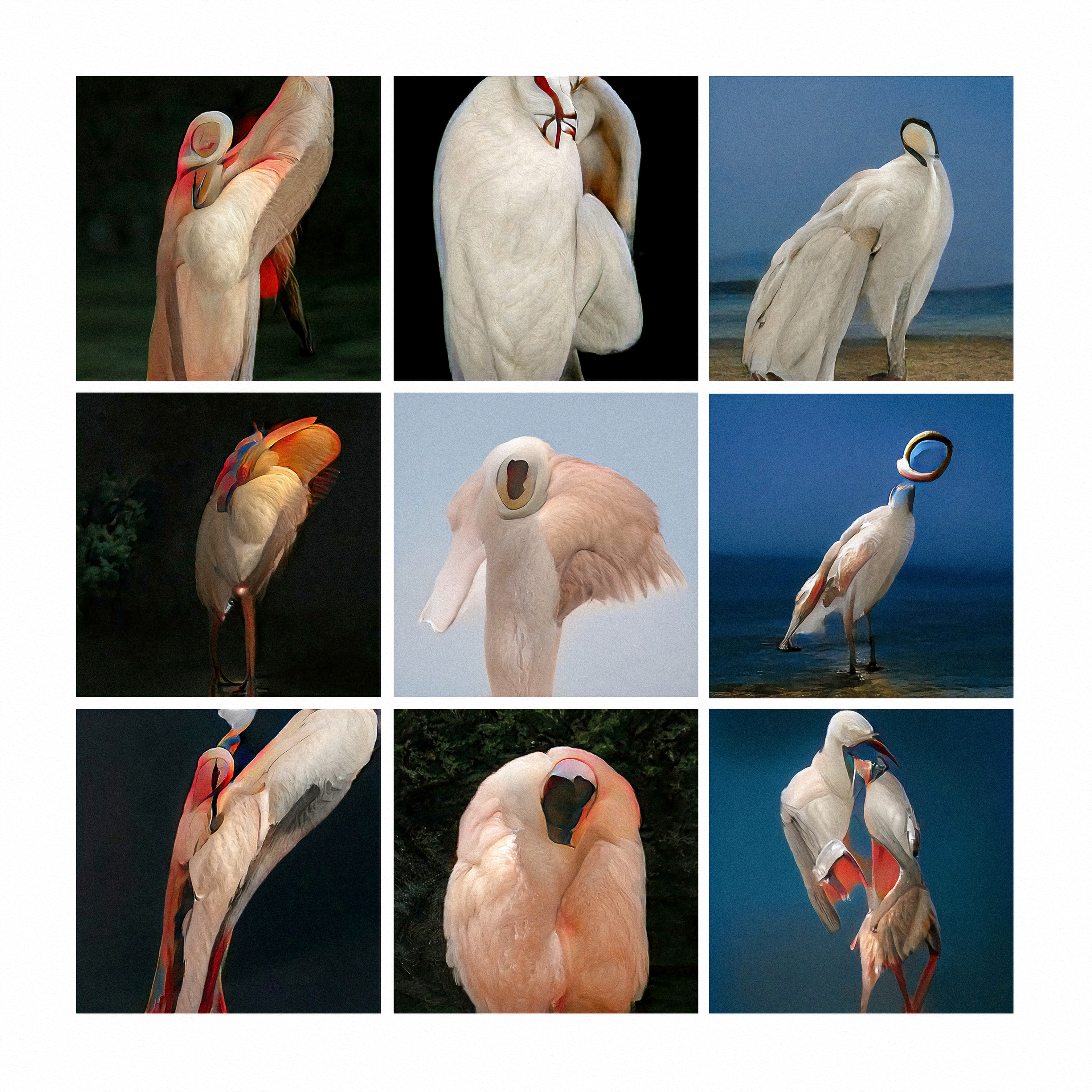
AM: What made Ganbreeder particularly compelling for you as a creative tool? How did it differ from traditional artistic mediums you'd worked with?
GB: I have always been paralyzed by blank canvases or a lump of clay. Like reportage photography, generative algorithms give you a starting point with shapes, colors, and suggestions. I need something to respond to before I can create.
Early Artbreeder outputs hovered on the edges of the familiar, often in ways you could not quite explain. That constant tension made it one of the most inspiring tools I have ever used.
"Early Artbreeder outputs hovered on the edges of the familiar, often in ways you could not quite explain. That constant tension made it one of the most inspiring tools I have ever used."
AM: Your work now focuses heavily on portraits of people who weren’t alive before photography, from historical figures to entirely fictional beings. How did those early experiments with Artbreeder's "breeding" interface shape your approach to creating these impossible portraits?
GB: Early Artbreeder had no prompts. You could adjust the weights of pre-trained models or “project” an uploaded image into its latent space, then iteratively “breed” toward a result. That process gave me an intuitive sense of how these hidden visual dimensions worked and still shapes my workflow today.
The StyleGAN face module in Artbreeder let me upload portraits and explore their equivalents in latent space. When I managed a convincing forensic reconstruction of the only 1880 photo of Billy the Kid, I realized AI could act like a camera that travels back in time. Even the early, less realistic outputs made me want to “photograph” people who lived before cameras.
I also discovered that realism is elastic. Photographic realism is not the only way to convince a viewer. Some paintings feel alive despite visible brushstrokes. Finding those sweet spots where a generative model triggers suspension of disbelief comes naturally to me.
AM: You describe your recent work as "pseudo-figurative" pieces that interrogate GANs on creativity and disrupt human visual recognition. How did the collaborative, iterative process you learned on Artbreeder influence this philosophical exploration of AI's creative capabilities?
GB: My first phase was pure intuitive creation. Only later did I start asking myself what I was actually doing. Most of my concepts emerge after the work exists, not before.
What excites me about AI is that it is still an open frontier. In every medium I have worked in before, I felt dwarfed by the great works that came before me. With AI, there is so much to explore, and it is rewarding to be even a small part of its vanguard.
I believe artists should approach new technology with both curiosity and skepticism. The most interesting AI art engages with the medium itself rather than using it to mimic what any other tool could produce.
AI’s unique power is to connect the real and the imagined, the photographed and the invented. “Pseudo-figurativity” sits at that edge, where the familiar meets the unknown. Art that walks that line can create the most vivid experience for the viewer.
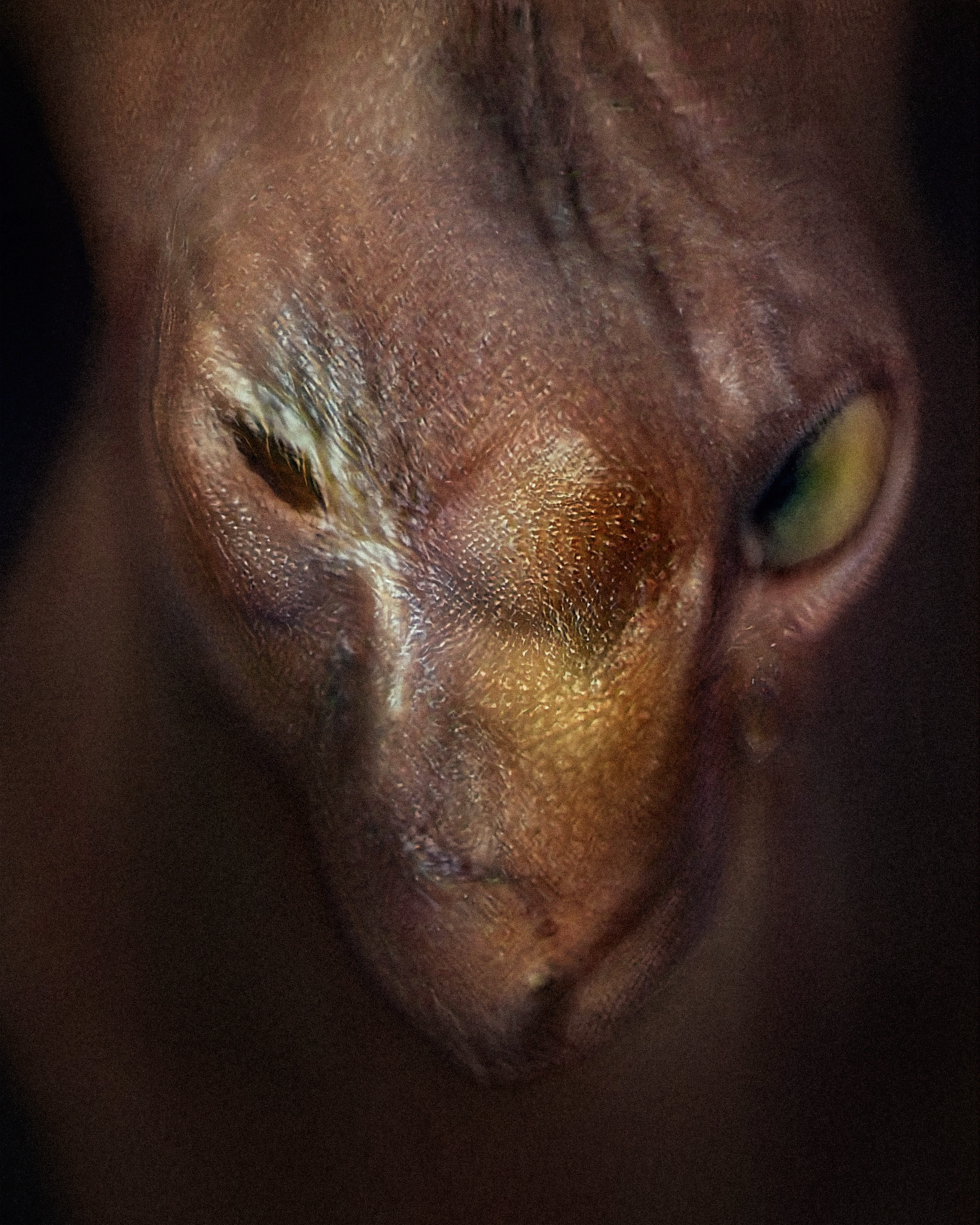
AM: Looking at your evolution from those first Ganbreeder experiments to creating works like "Algoritmo Divino,” how did that foundational tool teach you to think about the relationship between imitation, illusion, and artistic originality?
GB: I have always been fascinated by realism, especially in what I see as a post-truth era where the meaning of “truth” is shifting. AI acts as a mirror, prompting questions: What makes us human, and why does that matter? What is creativity? Is it exclusively human, or a pattern we also find in nature and mathematics?
What began as wonder and experimentation has become a philosophical and existential quest about who I am and how I see the world. I think that is a journey most artists, in one way or another, are on.
